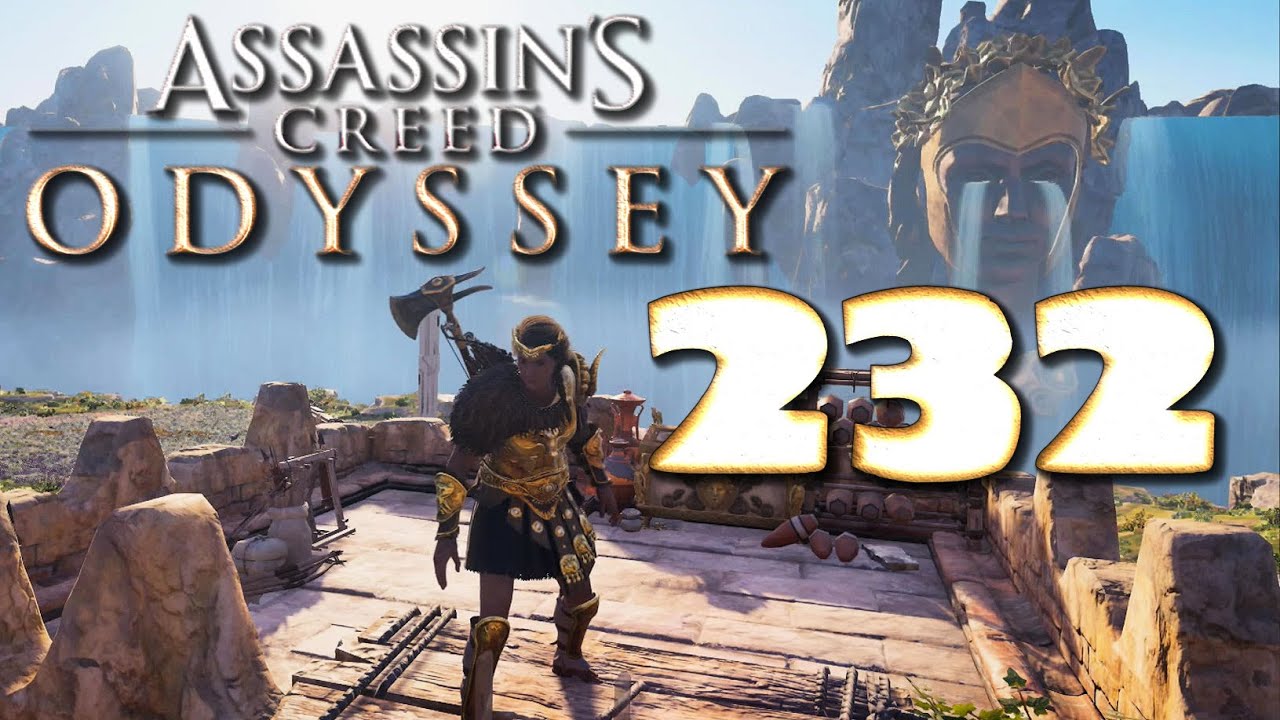The Intriguing World of Assassins: A Historical and Contemporary Perspective

Introduction to Assassins
Assassins have long been a subject of fascination in both literature and history, representing the darker sides of power and conflict. The term ‘assassin’ evokes images of stealth, intrigue, and often violence, fundamentally connecting to political motivations and historical events. Understanding the role and representation of assassins is crucial as it sheds light on key socio-political dynamics throughout history and continues to influence contemporary discussions on ethics, justice, and terrorism.
Historical Context
The term ‘assassin’ originated during the Middle Ages with the Hashshashin, a sect of Nizari Ismailis known for their strategic killings of political enemies. Throughout history, various notable figures have been labelled as assassins, including John Wilkes Booth, who killed U.S. President Abraham Lincoln, and Lee Harvey Oswald, the assassin of President John F. Kennedy. These events were pivotal in reshaping national dialogues around security and governance.
Modern Implications
In recent years, the image of an assassin has evolved. In today’s context, individuals undertaking the act of assassination often have intricate motives tied to political ideologies or extremist beliefs. High-profile assassinations, such as that of Iranian General Qasem Soleimani in 2020, highlight the escalation of geopolitical tensions and the justification for such acts in the name of national interests. Such events have sparked global debates about morality, legality, and the use of targeted killings by states.
Impact on Society
The concept of assassination raises critical ethical questions. Public attitudes towards assassination can vary greatly depending on the perceived moral justification behind the act. For example, while some view the assassination of tyrants as a heroic act of resistance, others condemn it as a violation of laws and human rights. This duality highlights the societal struggle to balance accountability with the protection of civilians, often leading to diverse perspectives on security measures implemented by governments worldwide.
Conclusion
As we examine the narratives surrounding assassins, it becomes clear that understanding their role and implications is vital for contemporary discourse on conflict and governance. By analyzing historical instances and their repercussions, society can better navigate future dilemmas where the line between justice and crime continues to blur. For readers today, the relevancy of the assassin remains ever-present, whether through media portrayal or real geopolitical events. As we move forward, ongoing discussions about morality and legality will remain crucial in defining how society responds to such acts in the future.
You may also like

The Growing Concerns of Urban Traffic in Today’s Society

The Unique Biodiversity and Culture of Madagascar
